Living in a conservation area: Ten things you need to know
Conservation areas have been protecting Britain's most beautiful areas for 50 years – here's what you need to know if you live in one, or are thinking about moving to one.
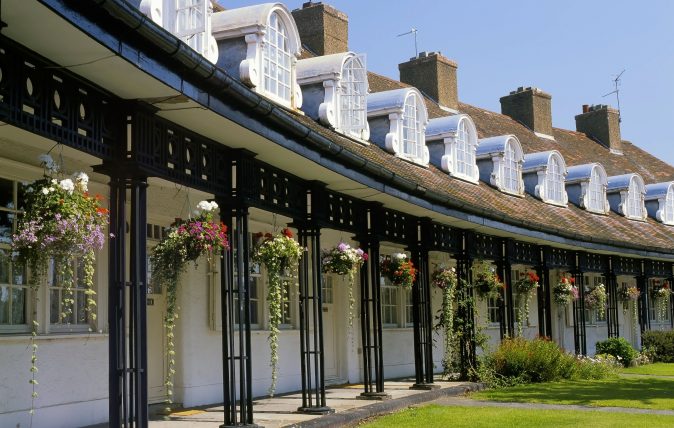

For advocates, conservation areas have been responsible for preserving some of England’s finest examples of built heritage. Critics grumble that they allow local planners too much power over seemingly inconsequential matters such as downpipes and tree heights. Yet whichever side of the fence you're on, there's no denying the impact that conservation
‘It’s impossible to put a figure on the value of conservation areas today,’ says Chris Surfleet of Bidwells, who recently hosted a conference in Stamford to examine the legacy.
‘What is clear is that they’ve played a massive role in protecting the places that we find special to live in or to visit.’
Here are ten things you should know if you live in – or are thinking of moving to – one of our country’s beautiful conservation areas.
Conservation areas have been with us for half a century
This year marks the 50th anniversary of the Civic Amenities Act 1967, which saw the introduction of the first conservation areas in the UK. The idea of introducing preservation orders on some of the best examples of urban and village built heritage had already been mooted in the early 1960s.
A total of 51 ‘gem towns’ were identified by the Council for British Archaeology in response to widespread road expansion projects taking place around the country – among other examples was the loss of heritage assets in Worcester following the development of the town centre.
The first conservation area wasn’t one of the obvious forerunners
The original intention was for the first conservation areas to be created in the 51 ‘gem’ towns originally identified, a list which included York, Chester, Chichester and Bath. But thanks to the efforts of a dynamic planner in Stamford who embraced an early pilot scheme, it was the Lincolnshire market town that led the charge.
Sign up for the Country Life Newsletter
Exquisite houses, the beauty of Nature, and how to get the most from your life, straight to your inbox.
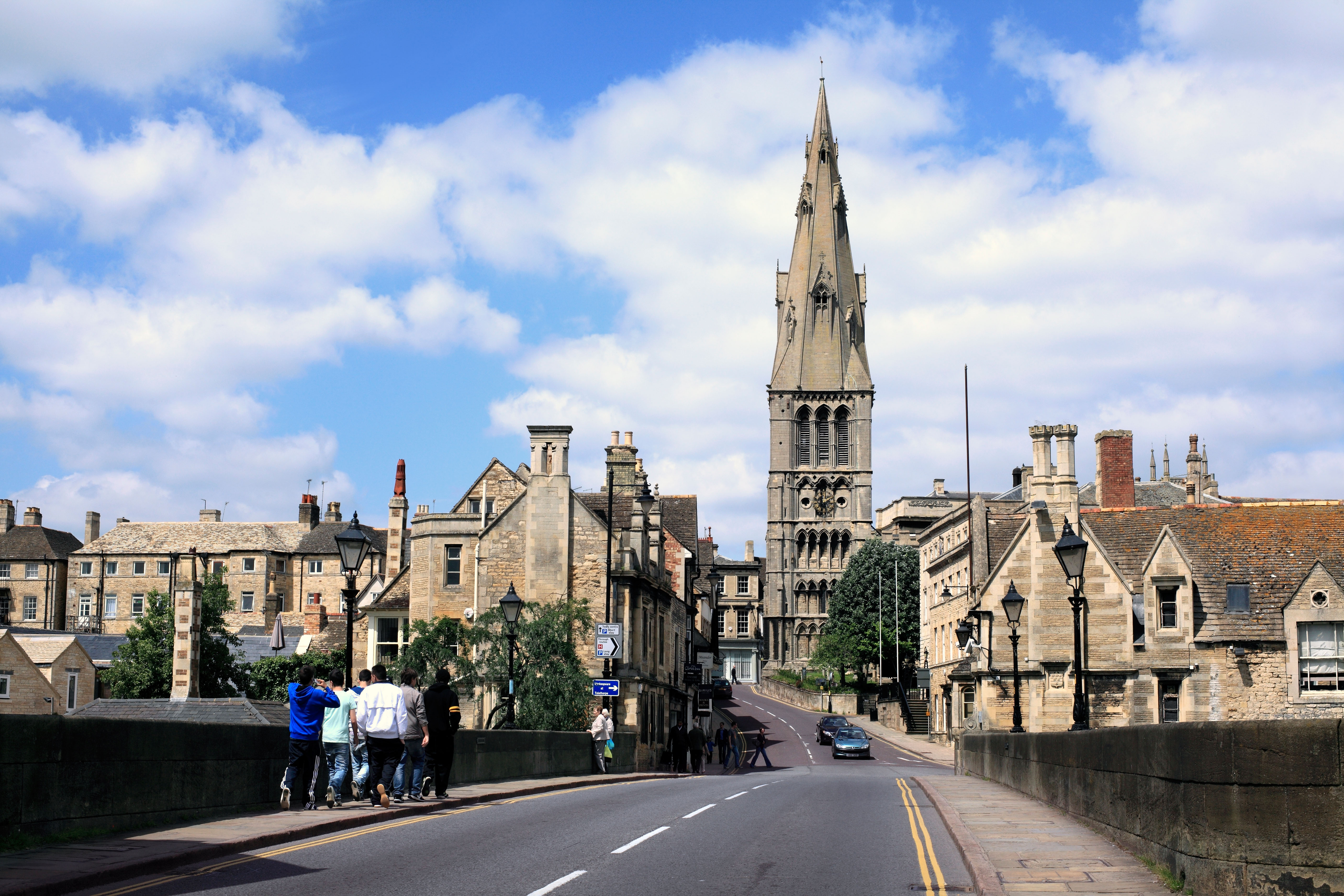
‘Stamford was quickly followed by the “big four” and then many more,’ explains Chris Surfleet of Bidwells, who recently hosted a conference in Stamford to examine the legacy.
‘It’s impossible to put a figure on the value of conservation areas today,’ he adds.
‘What is clear is that they’ve played a massive role in protecting the places that we find special to live in or to visit.’
There are over 10,000 conservation areas in Britain today
The bulk of the conservation areas are in the South-East – in London alone, there are more than 1,000 – and the North-East has the fewest.
And it’ll be no surprise to hear that the Cotswolds boasts 144 conservation areas – the highest number of any district local authority in England. In total, there are over 10,000.

That seems a huge number, but Chris Surfleet cautions against suggesting that there are too many. ‘It’s easy to forget what was happening in the late 1960s, in terms of road schemes barrelling through town centres and scores of Georgian buildings being torn down to make way for them,’ he says.
Conservation areas often don’t cover buildings… and they don’t always cover the buildings you’d expect
Contrary to popular assumption, the majority (59%) of conservation areas cover open spaces rather than historic buildings, but their breadth is considerable, from coal mines to cafes and from parts of the Yorkshire Dales National Park to the Duxford Airfield in Cambridgeshire.
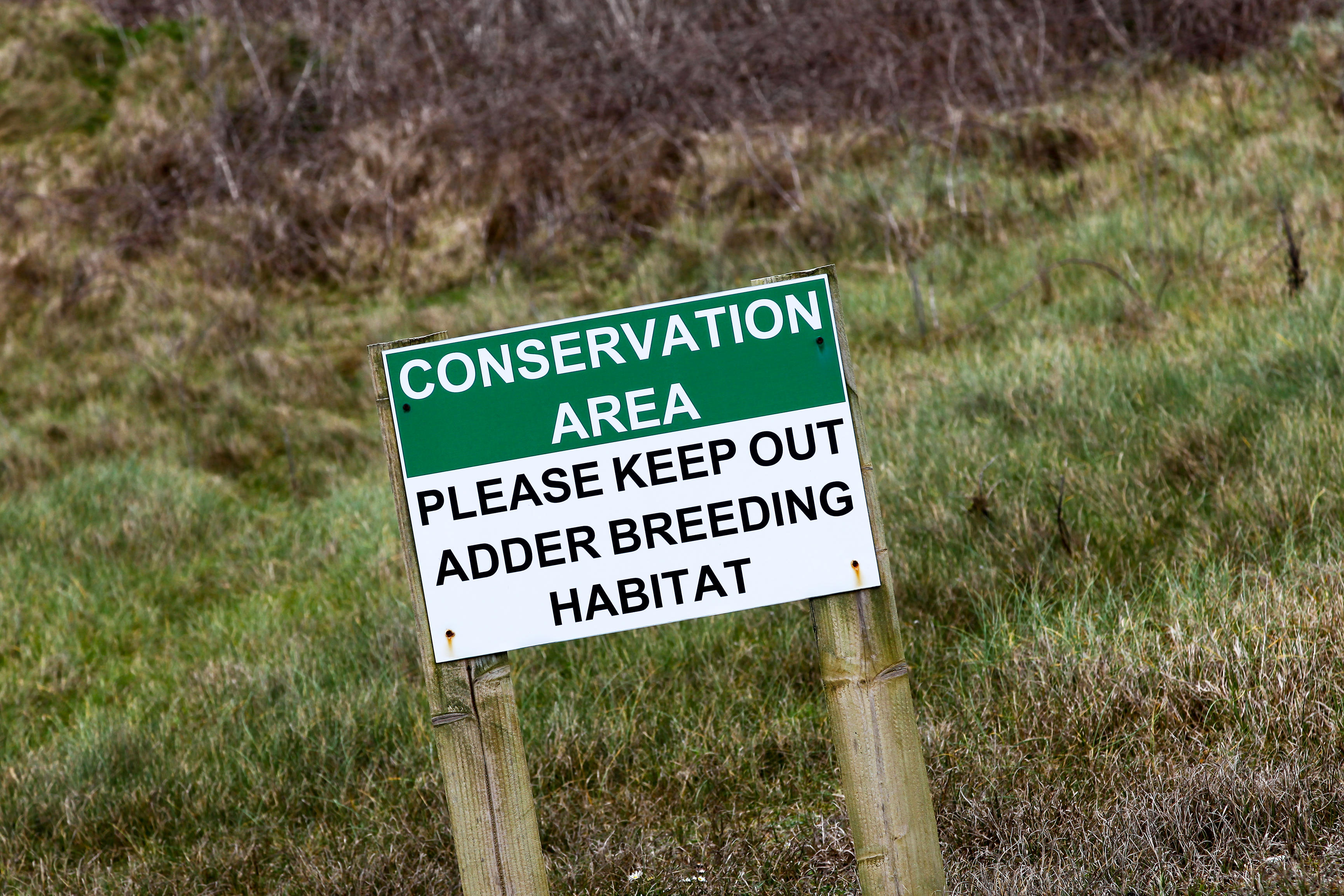
This is an example of heritage being ‘democratised’, according to architectural historian Tom Dyckhoff, who claims that they ‘reflect not just the chocolate-box image of England, but the way culture has evolved in all respects.’
There is a fine recent example in Lincolnshire of exactly this: after a high-profile campaign to prevent demolition last year, Grimsby’s historic fishing docks have been named a conservation area.
The Kasbah, as the docks are known, is a network of warehouses, smokehouses and shops on streets that date back to the 1870s, a memory of a time when the town was ‘the greatest fishing port in the world’.
They’re not intended to keep things completely unchanged
Take the Jewellery Quarter in Birmingham, for example. The area has been selected for a £500 million joint investment by Galliard and Apsley House Capital to turn a three-acre site into flats, restaurants, workshops and a flagship restaurant. And its protected status has ensured that the work will be high quality, as Chris Surfleet says, explaining that the area is ‘not classically beautiful, but its status has been used as a lever to ensure good-quality regeneration.’
Gerard Nock of Apsley House Capital says that they have been at pains to do things right: ‘We are in constant consultation with planners and the local society to ensure the masterplan respects the Jewellery Quarter’s intrinsic character.’
It’s actually very easy to designate a conservation area
The process of creating a new conservation area is rather straightforward. Either a local authority or one of a few other bodies has the right to designate one; and any member of the public can put forward a suggestion, which then needs to go through a review process.
Once established, the area will have an advisory committee – known by detractors as the infamous ‘taste police’ – that considers the appropriateness of any proposed developments. That can cover anything from cutting down a tree to replacing a front door or window.
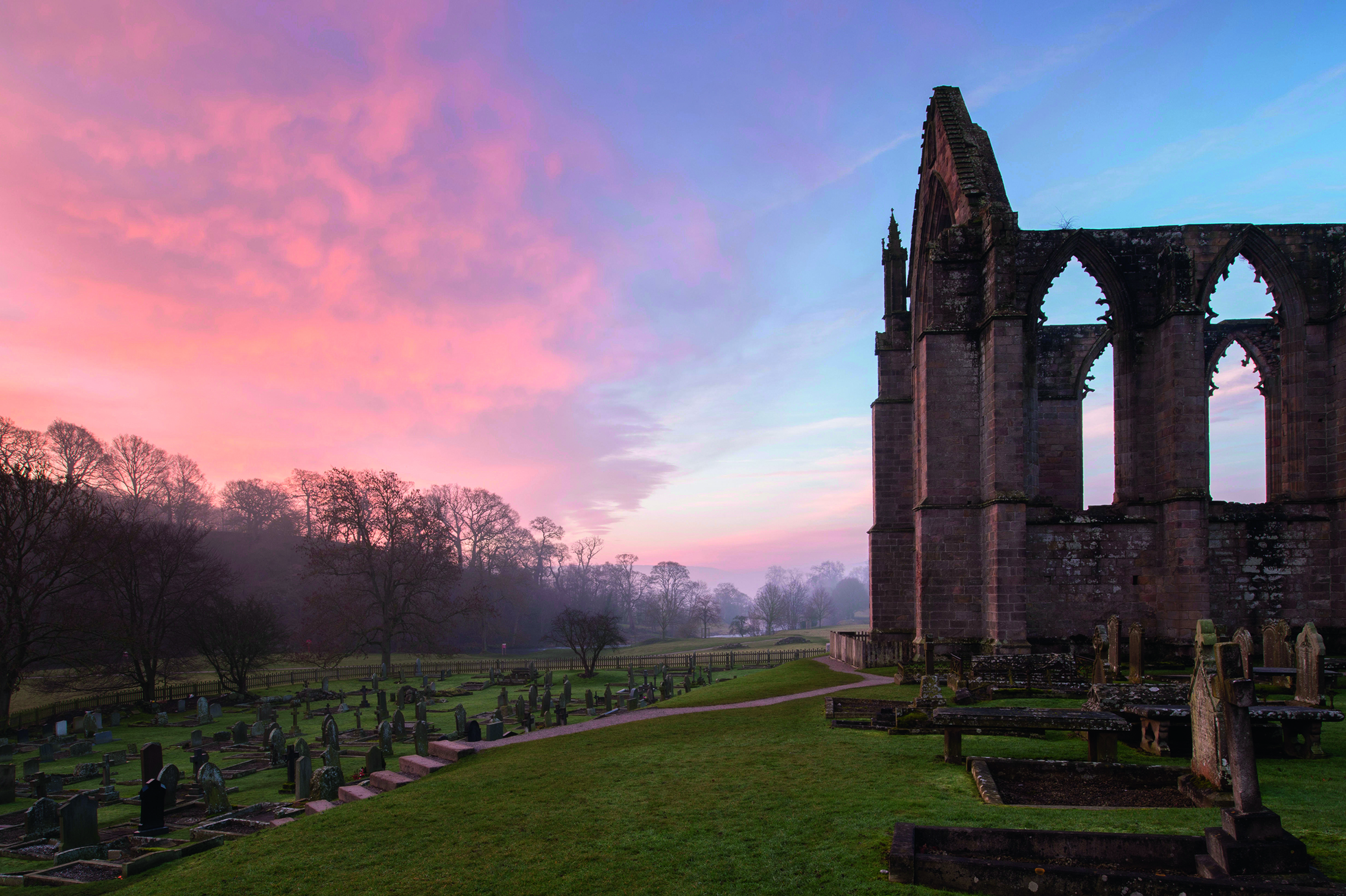
They answer to a higher authority
Historic England keeps an eye on conservation area advisory committees, whether that means reining in excesses or prompting higher standards if they’re becoming too lax. In 2009, for example, Dr Simon Thurley of English Heritage (as it was then known) declared that conservation areas were suffering from ‘a plague of plastic windows’.
If you live in a conservation area and want to have a say, you can. Many local authorities have advisory committees, made up of residents and business owners; you can search for groups in your area on www.civicvoice.org.uk.
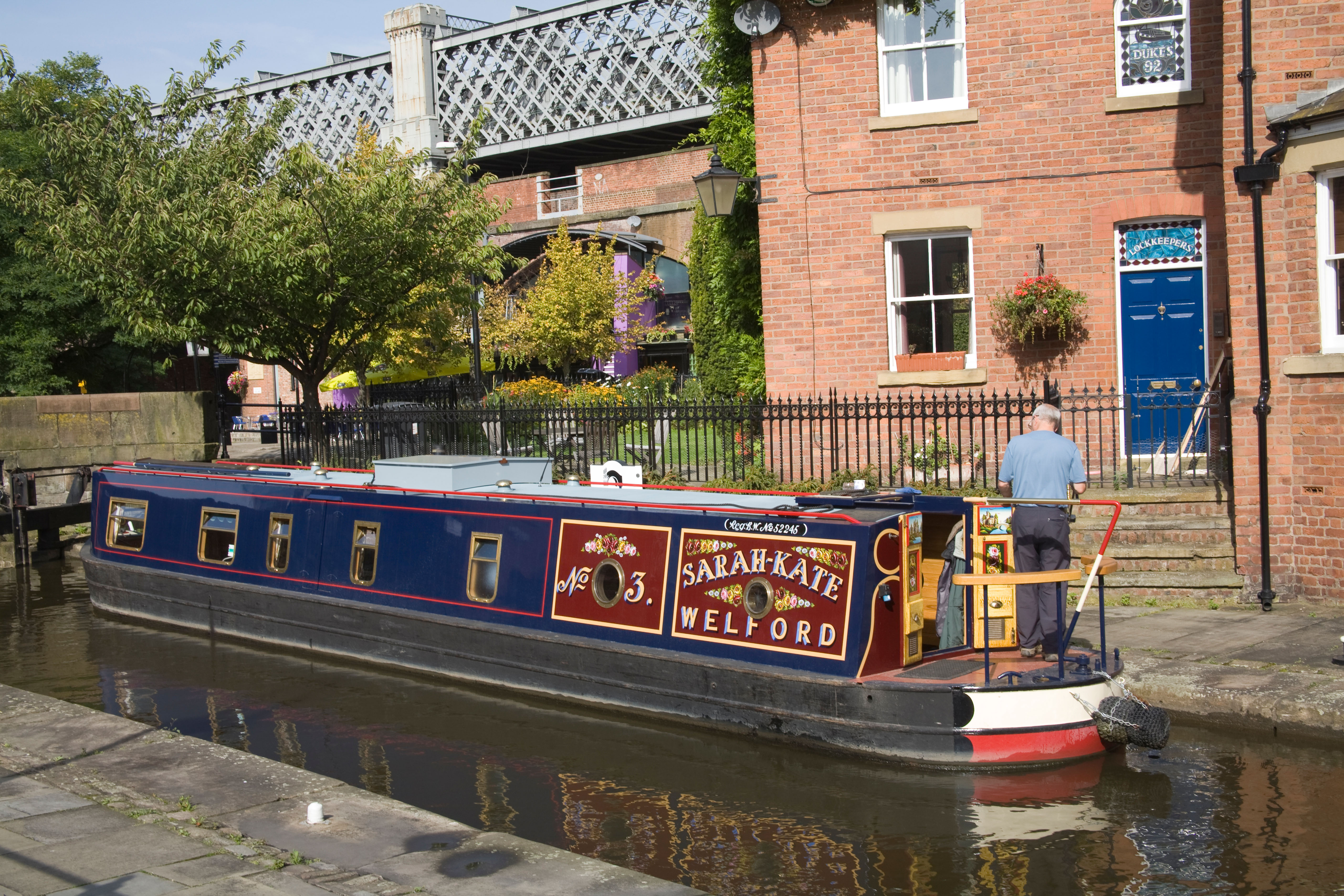
Conservation areas boost property prices
Take Stamford’s attractive Georgian centre as an example. According to Savills research for Country Life, properties within the Stamford Conservation Area are 22% more expensive than those in the wider area. In the 24 months to June 2017, the average price for a property within the area was £365,660, compared to £299,296 outside.
That pattern is replicated elsewhere, albeit not at such a large premium. Historic England worked with the London School of Economics on their own research on the effect conservation areas have on house prices, concluding that properties in conservation areas are thought to be 9% above average, growing at a rate that exceeds comparable properties elsewhere by 0.2% a year.

Buyers need to be careful what they’re getting into
For Jonathan Bramwell of The Buying Solution, the existence of conservation areas is a double-edged sword for his clients.
‘Most want to live in an attractive area and like the idea of the views from their windows being preserved, but there is a downside when it comes to doing any work on the house,’ he explains.
‘If a client has particularly ambitious plans, it’s my job to perhaps steer them away from villages that are known to be extremely protective.’
You can get most of the benefits without the down sides
Jonathan Bramwell believes that you can find the best of both worlds. ‘My advice would be to buy on the edge of a conservation area,’ he says. ‘Then you get all the benefits of living next to a very pretty part of the countryside without the restrictions.’
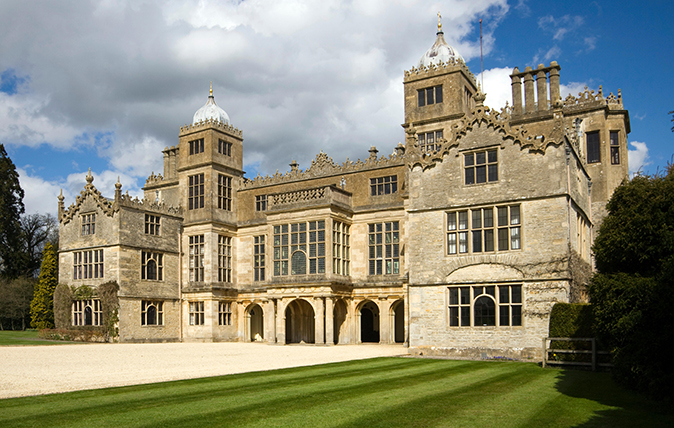
Credit: Alamy
Buying a listed building: The dos and don’ts you need to know
Buying a listed property in need of restoration is not for the faint of heart, but follow these few simple
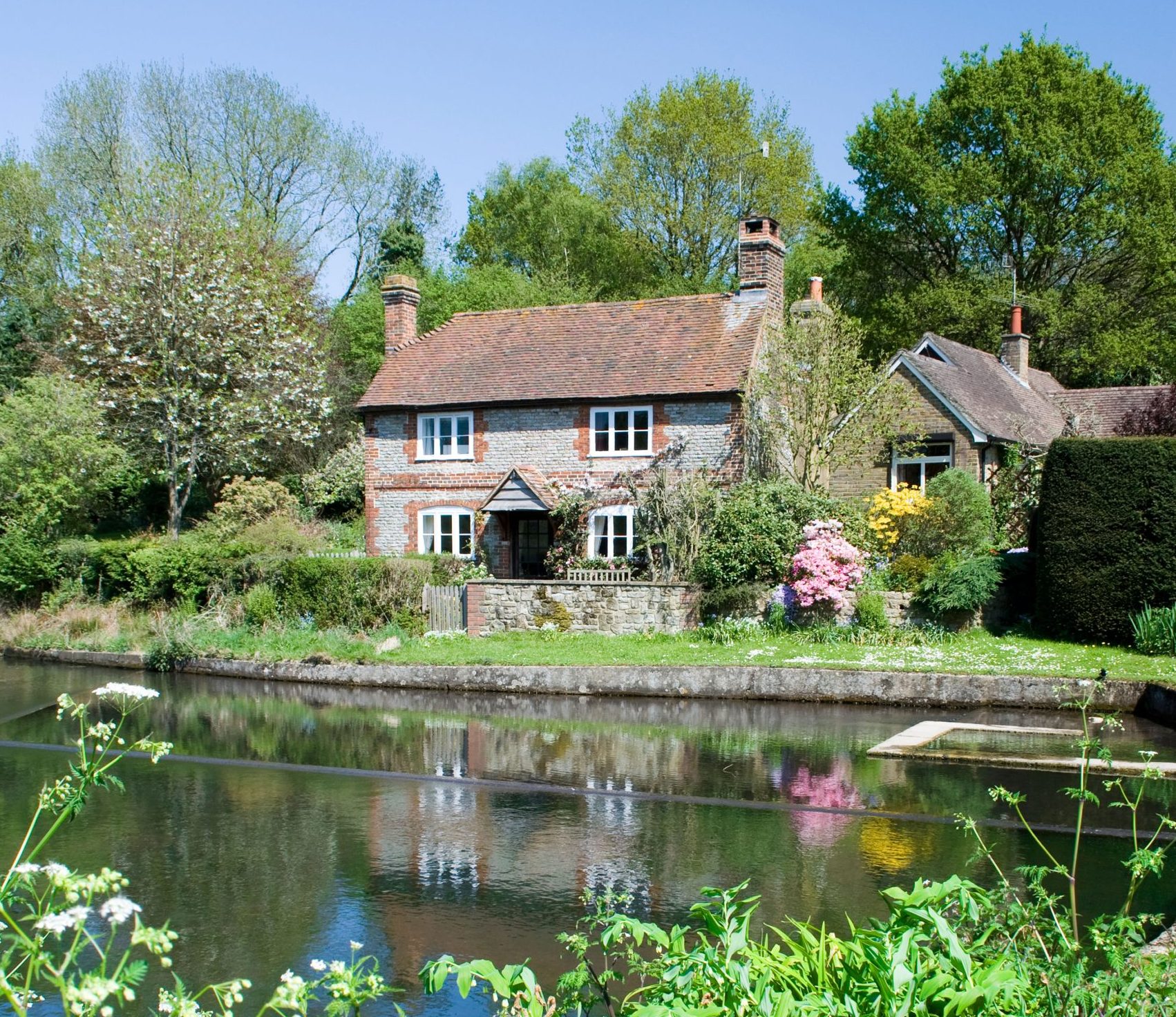
Credit: Alamy
Seven golden rules for selling a country house
With coronavirus now seemingly past its peak in Britain, we're tentatively beginning to look ahead to how life will get
-
 'To exist in this world relies on the hands of others': Roger Powell and modern British bookbinding
'To exist in this world relies on the hands of others': Roger Powell and modern British bookbindingAn exhibition on the legendary bookbinder Roger Powell reveals not only his great skill, but serves to reconnect us with the joy, power and importance of real craftsmanship.
By Hussein Kesvani Published
-
 Spam: The tinned meaty treat that brought a taste of the ‘hot-dog life of Hollywood’ to war-weary Britain
Spam: The tinned meaty treat that brought a taste of the ‘hot-dog life of Hollywood’ to war-weary BritainCourtesy of our ‘special relationship’ with the US, Spam was a culinary phenomenon, says Mary Greene. So much so that in 1944, London’s Simpson’s, renowned for its roast beef, was offering creamed Spam casserole instead.
By Country Life Last updated
-
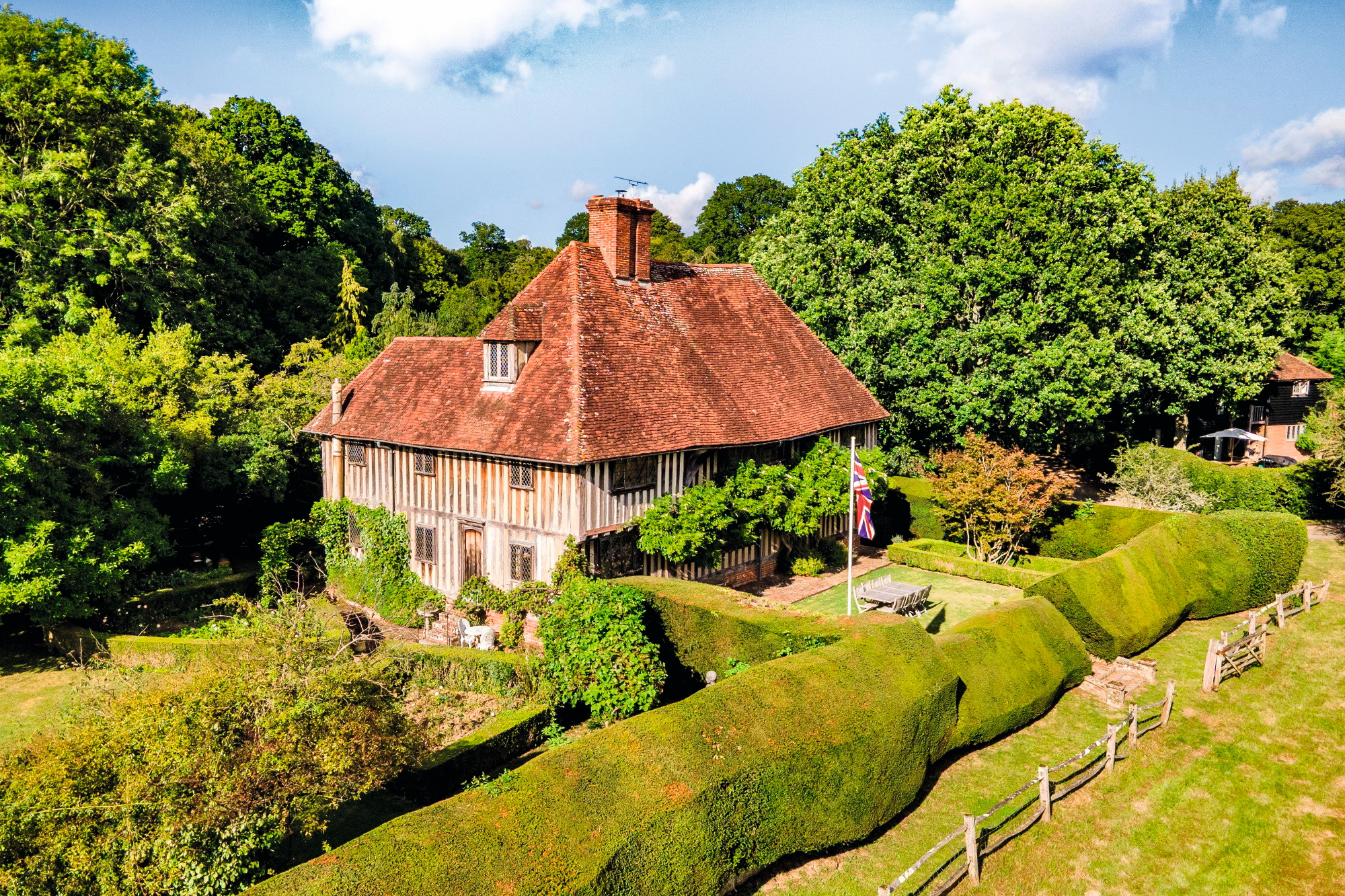 A mini estate in Kent that's so lovely it once featured in Simon Schama's 'History of Britain'
A mini estate in Kent that's so lovely it once featured in Simon Schama's 'History of Britain'The Paper Mill estate is a picture-postcard in the Garden of England.
By Penny Churchill Published
-
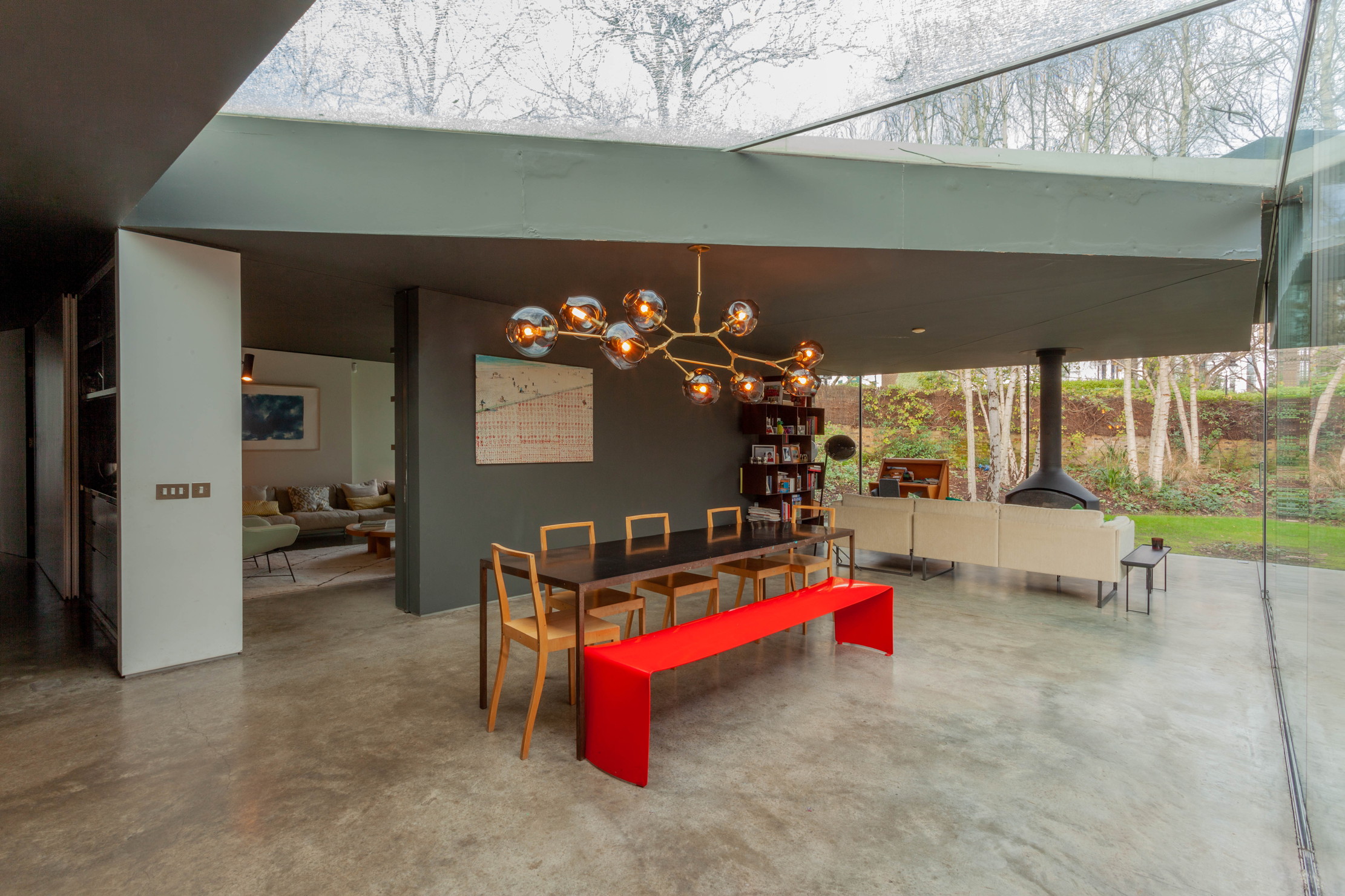 Hidden excellence in a £7.5 million north London home
Hidden excellence in a £7.5 million north London homeBehind the traditional façades of Provost Road, you will find something very special.
By James Fisher Published
-
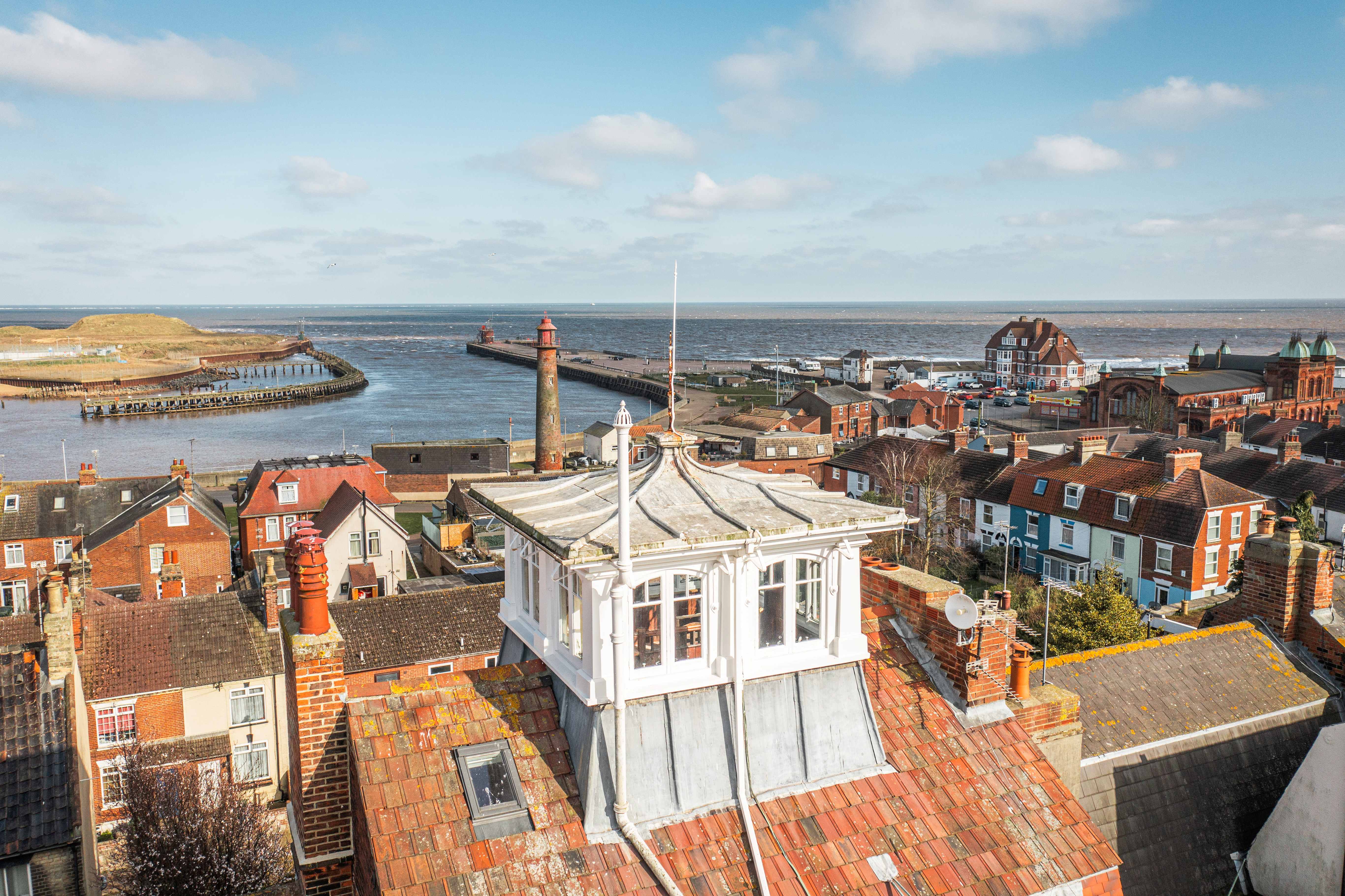 Sip tea and laugh at your neighbours in this seaside Norfolk home with a watchtower
Sip tea and laugh at your neighbours in this seaside Norfolk home with a watchtowerOn Cliff Hill in Gorleston, one home is taller than all the others. It could be yours.
By James Fisher Published
-
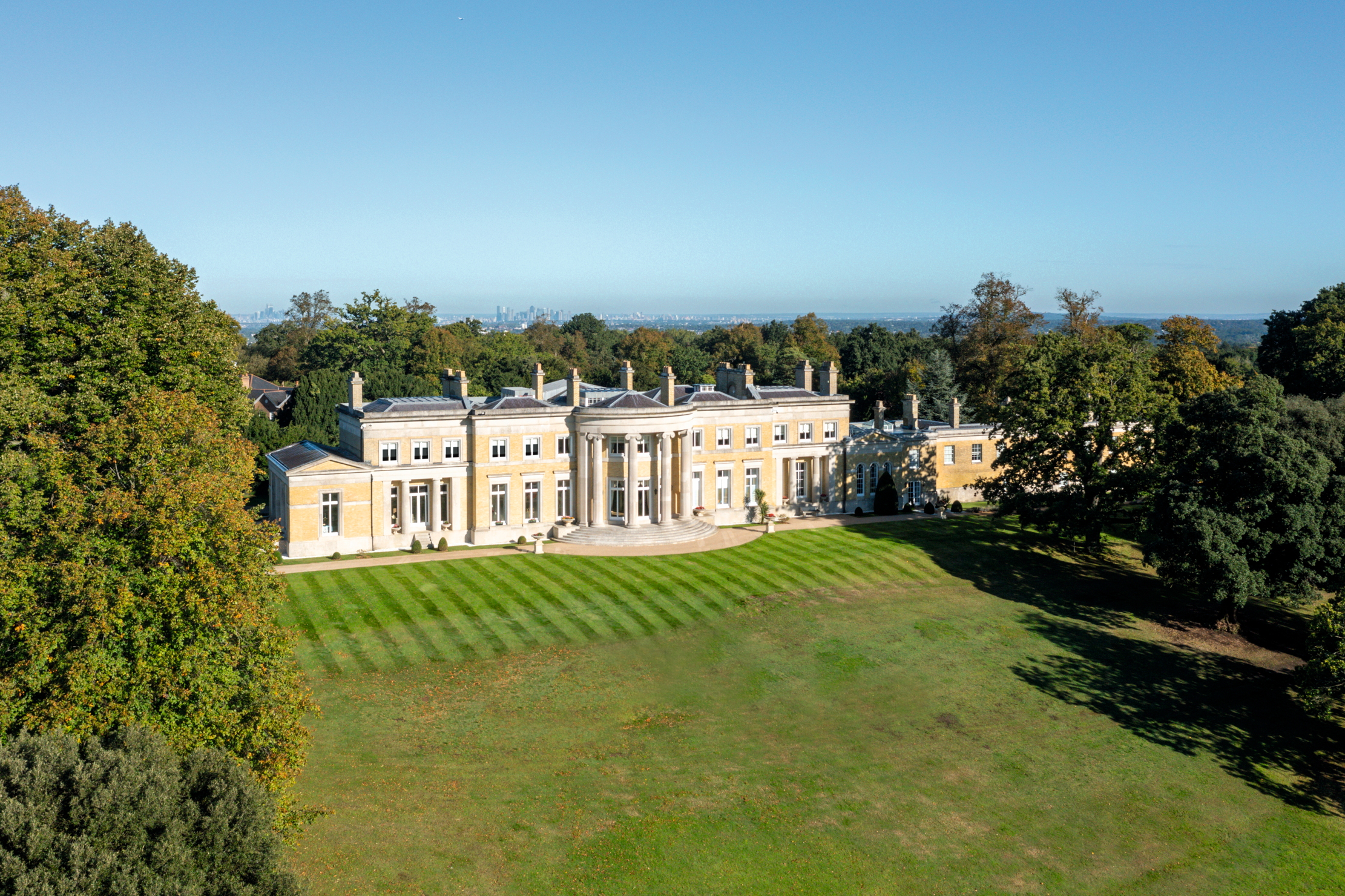 A Grecian masterpiece that might be one of the nation's finest homes comes up for sale in Kent
A Grecian masterpiece that might be one of the nation's finest homes comes up for sale in KentGrade I-listed Holwood House sits in 40 acres of private parkland just 15 miles from central London. It is spectacular.
By Penny Churchill Published
-
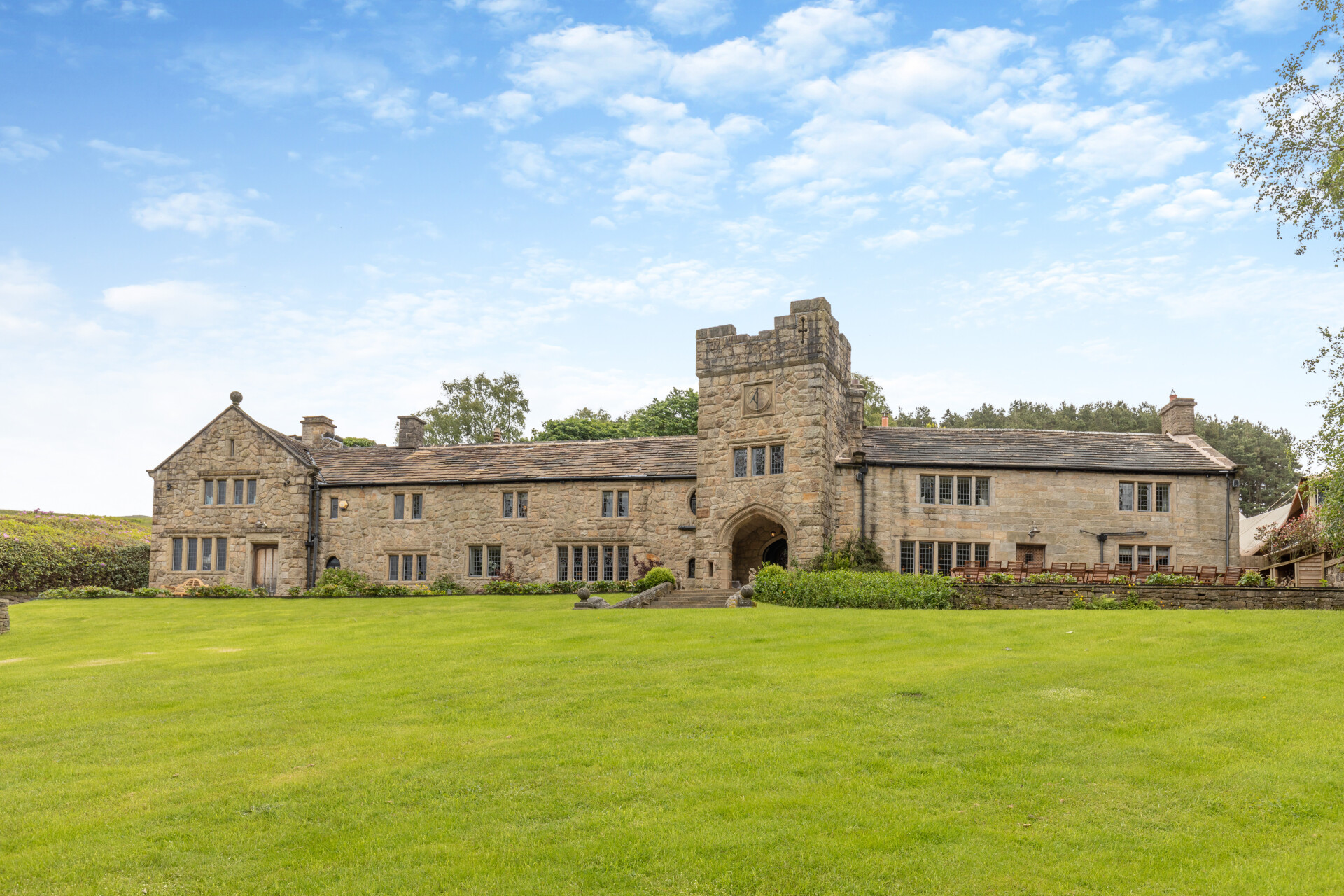 Some of the finest landscapes in the North of England with a 12-bedroom home attached
Some of the finest landscapes in the North of England with a 12-bedroom home attachedUpper House in Derbyshire shows why the Kinder landscape was worth fighting for.
By James Fisher Published
-
 Could Gruber's Antiques from Paddington 2 be your new Notting Hill home?
Could Gruber's Antiques from Paddington 2 be your new Notting Hill home?It was the home of Mr Gruber and his antiques in the film, but in the real world, Alice's Antiques could be yours.
By James Fisher Published
-
 What should 1.5 million new homes look like?
What should 1.5 million new homes look like?The King's recent visit to Nansledan with the Prime Minister gives us a clue as to Labour's plans, but what are the benefits of traditional architecture? And can they solve a housing crisis?
By Lucy Denton Published
-
 Welcome to the modern party barn, where disco balls are 'non-negotiable'
Welcome to the modern party barn, where disco balls are 'non-negotiable'A party barn is the ultimate good-time utopia, devoid of the toil of a home gym or the practicalities of a home office. Modern efforts are a world away from the draughty, hay-bales-and-a-hi-fi set-up of yesteryear.
By Madeleine Silver Published
